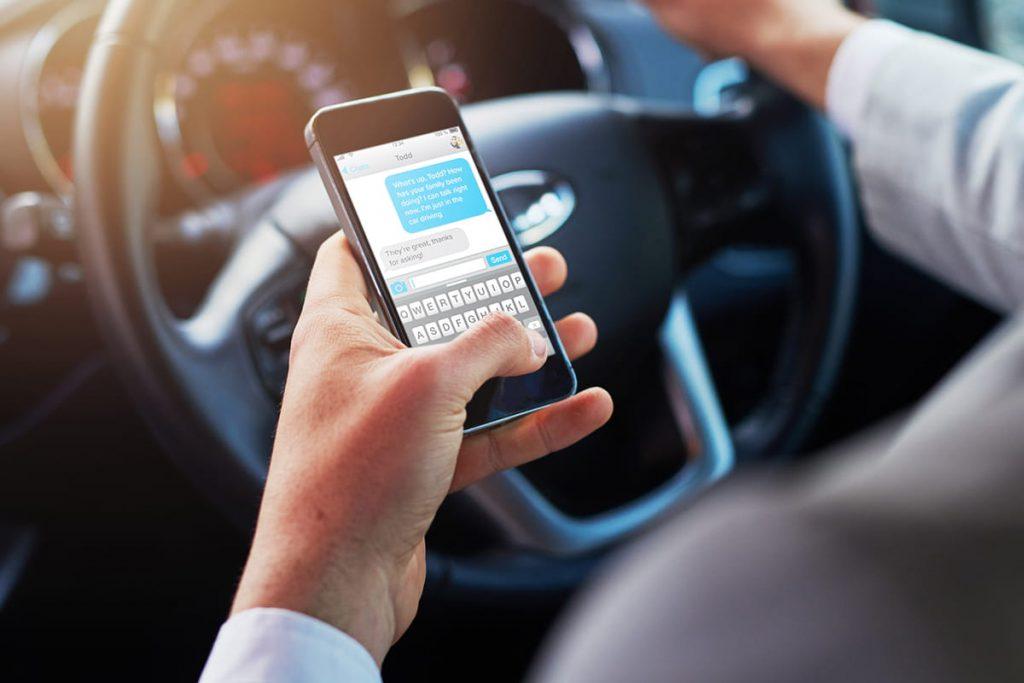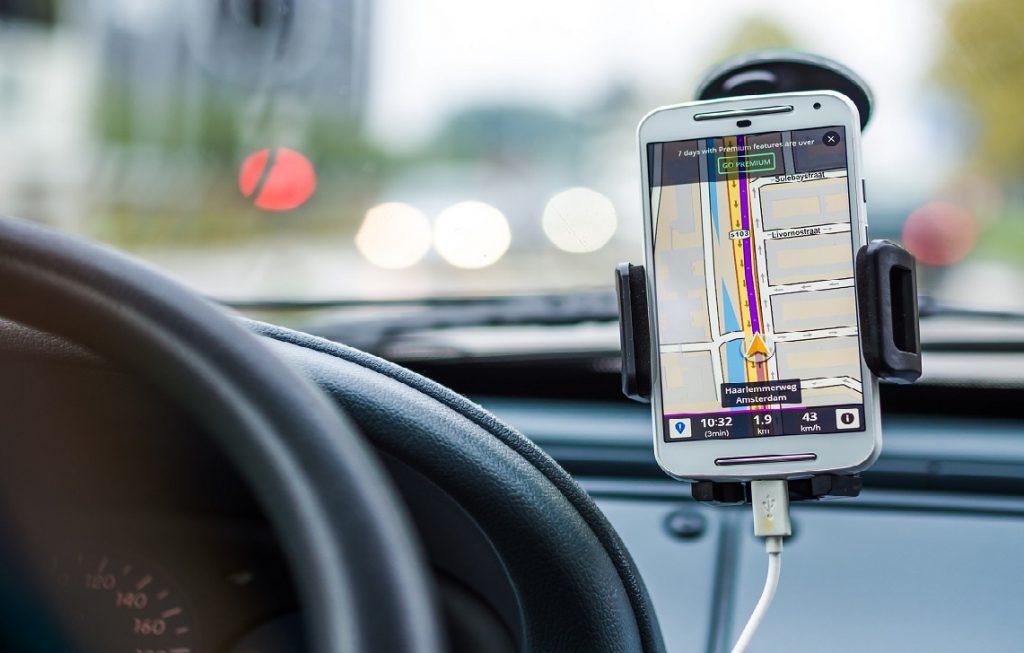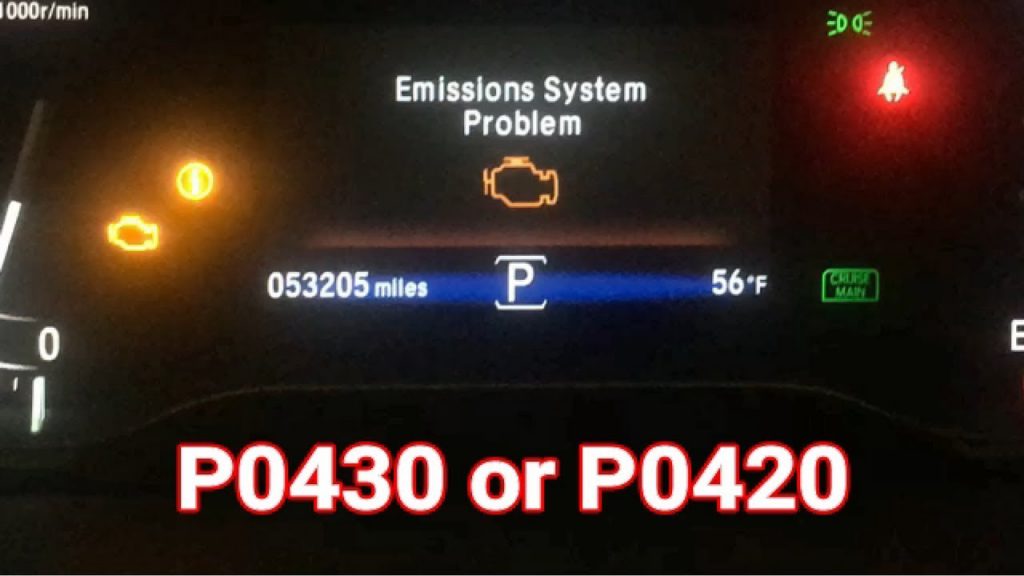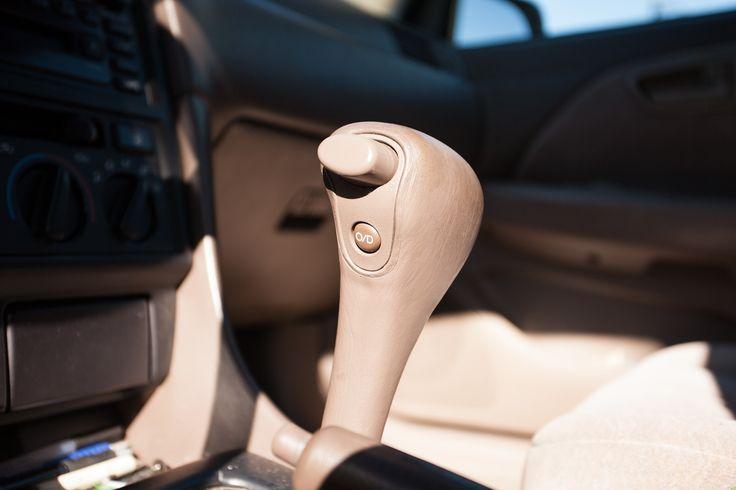How Mobile Phones Affect Driving Quality?
It has long been known that the use of a cell phone while driving a car is very distracting for the driver, which often causes a serious accident. According to some reports, using mobile phone while driving reduces the reaction of the driver to the same level as with alcohol intoxication. Unfortunately, in most countries, little attention is paid to propaganda on refusing to use a mobile phone while driving a car.
If you think that many drivers do not use phones for fear of receiving a fine established by law for this, then you are mistaken. This norm of the law has practically no effect, since the number of administrative cases for using the phone while driving is negligible. That is why a huge number of drivers, not afraid of a fine, continue to illegally use the phones in the car, endangering themselves, passengers and other road users. Our online publication decided to disclose this topic in more detail, destroying the most common myths associated with using the phone in a car.
Top 7 Myths about Using Phone in Driving Cars

Myth 1: Hands-free mode is safe to use while driving.
Various studies show that accidents occur not only due to the use of the phone while driving without a speakerphone, but also as a result of a conversation with this system. After all, remember the times when there were no cell phones. However, accidents occurred, caused by radio receivers and cassette recorders that distracted drivers. Recently, a study was conducted by the US National Security Council, research on the use of mobile phones while driving indicates that actually dialing a phone number and talking on it while driving, is much less distracting than talking directly through the speakerphone.
Myth 2: Laws prohibiting the use of SMS text messages while driving reduce the number of accidents on the road.
In many countries of the world, including some US states, laws have been introduced that prohibit drivers from writing SMS messages on their mobile phones. The paradox is that since the advent of such legislative initiatives, the number of accidents begins, oddly enough, to grow. Why do you think so? The reason is that people do not want to give up their electronic gadgets, stop calling while driving and continue to use phones to communicate using SMS messages. But fearing to be fined, drivers, after entering such bans, begin to hide the phone, keeping it below the appearance. Since the field of vision of the screen is located very low, the peripheral vision of the driver becomes ineffective, which leads to an increase in inattention and an increase in the number of accidents. So, as you can see, the measure of the ban on writing SMS messages while driving a car, unfortunately, does not bring the desired effect.
Myth 3: Most people can multitask
Only about 2% of the world’s population can truly multitask. The rest are not. Human multitasking – these are certain several human actions that are unrelated to each other, which require close attention at the same time. For example, multitasking can be called the simultaneous preparation of an accounting report and a simultaneous conversation with someone. But if the report is written in front of the TV, then these actions cannot be called multitasking, since the TV does not require concentration.
Unfortunately, most people are confident that they can multitask including texting and driving – read this texting and driving persuasive essay to learn more. But in reality, very few people can actually perform complex multitasking at the same time. That is why accidents occur around the world on roads. If all drivers and pedestrians complied with the rules of the road, then it would not be possible to reduce accident statistics to zero. It is impossible to teach everyone multitasking. This means that most of the people on the road will always be not careful enough.
Myth 4: If you read the texts of SMS messages or emails while driving, then this does not distract
Sending messages from a phone while driving is dangerous, and reading received messages on a mobile phone is too. When reading received messages, the driver does not pay attention to the road, concerting his attention to the text. Many drivers, trying to control the situation, constantly turn their attention from the phone to the road and vice versa, hoping in this way not to get into an accident. But in reality, it often turns out that the maximum control occurs only behind the dashboard, when, as a road situation, it remains for a long time without proper control, which leads to severe accidents.
Myth 5: Using navigation maps on your phone while driving is safe

Using navigation charts on a smartphone while driving a car is just as dangerous as sending and reading SMS messages while driving. For example, if you get lost and move out of the laid route and the navigator for some reason has not rebuilt your path, any driver can begin to get nervous, which will greatly distract his attention from the road. It is especially dangerous in such cases when you try to set up a route on the phone screen while the car is moving. The best solution would be to find a place to park and set up a map or find your location.
Myth 6: Taking pictures with your phone while driving is acceptable.
In fact, shooting from a mobile phone while driving is confusing. This is not only distracting the driver. Remember that by filming people around you, you compromise their personal lives, which may be illegal (depending on the country of residence).
Myth 7: There are no cases when it’s safe to talk on the phone while driving.
Of course, there are times when using the phone is safe. For example, in a huge traffic jam when cars do not move for a long time (slow movement at rush hour does not count). But, nevertheless, remember that even if the flow of cars is standing, and you are stuck in traffic for a long time, using the phone while driving can be regarded as a violation of traffic rules.
Conclusion
From the foregoing, the following conclusion can be made: the cause of many accidents is not cell phones. Drivers themselves are dangerous, talking on the phone while driving or distracted by writing messages. Such people drive the car absentmindedly, endangering themselves and others. So the best option for communicating on a phone is to talk in a calm environment in a car that is parked on the side of the road.














